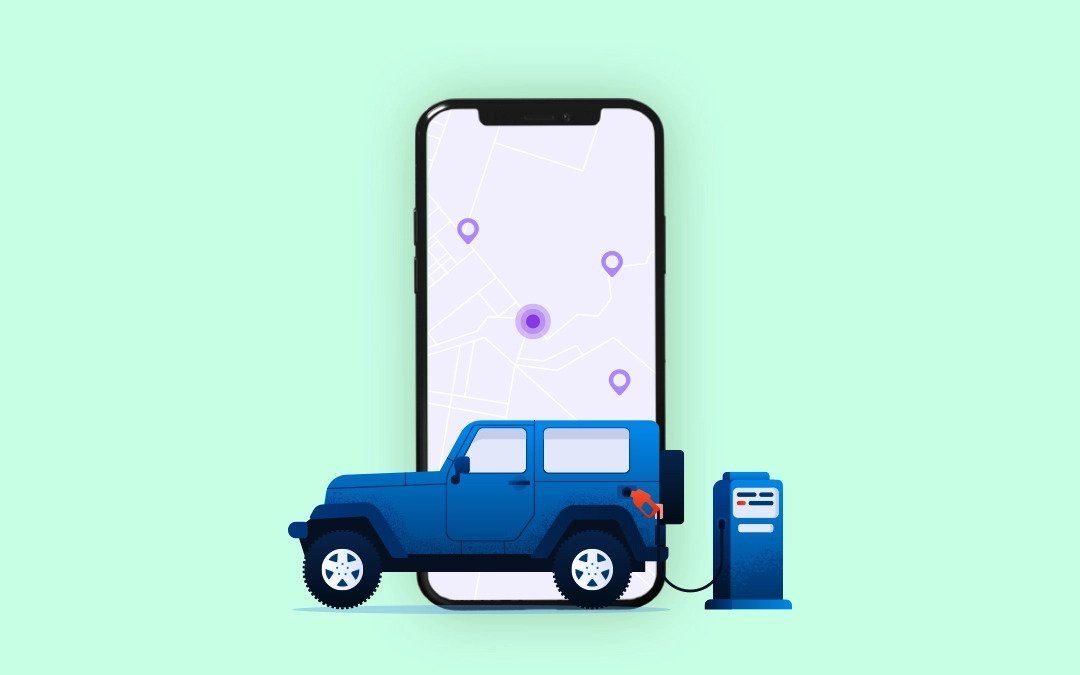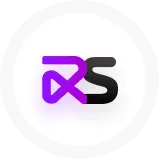
On-demand fuel delivery app development: A quick guide for startups
Ready to create your fuel delivery app for your on-demand business? This is the blog right for you.
The demand and popularity of on-demand apps have steadily increased over the last few years. To gain a competitive advantage, every industry is gradually adopting an app-based business model.
Similarly, the fuel industry ⛽ is not an exception. It is gaining huge popularity and also aids in generating profit as well as increasing the overall customer base.
Planning to launch your on-demand fuel delivery business using an Uber like delivery app? If so, then this could be a very lucrative business opportunity.
Before you begin developing your on-demand fuel delivery app, there are a few things you should think about.
This blog will help you to get more insights and offer you all the things you need to know.
What is an on-demand fuel delivery app?
On-demand fuel delivery apps allow the customers to easily register and place orders for fuel delivery by sharing their current location. The customers can keep track of their orders until it gets delivered to their location.
Why is it essential to create an on-demand fuel delivery app?
The success of an on-demand fuel delivery app can be attributed to a variety of factors.
Let me explain the reasons,
- Creating an on-demand fuel delivery app does not necessitate a huge investment
- Easily adaptable to current market trends
- Helps increase the huge customer base
- Helps gain more profit
How on-demand fuel delivery apps work?
- Customers login into the app by using their login credentials.
- Customers search and place the orders at their nearby fuel station.
- The shop receives the order request from the customers and has the option to accept or decline the request.
- Once the fuel shop accepts the order request, the app will automatically assign the nearby driver to deliver the order.
- Once the driver receives the notifications, the driver can also accept or decline the request.
- After accepting the request, the driver will be able to receive notification of the customer’s information. Similarly, customers are given the driver’s information.
- Customers can track their orders until the order gets delivered to their location.
- After a successful delivery, customers can rate both the shop and the drivers based on their experience. Similarly, the driver can rate the customer based on their delivery experience.
Features to be included in the on-demand fuel delivery app:
Customer:
1. Easy signup:
The registration process for an on-demand fuel delivery application should be simple and quick. Customers will be given the option of registering using their mobile number.
2. Multiple payment options:
Customers can pay for their ordered fuel delivery using a variety of payment methods, including debit/credit cards, cash, and wallets.
3. Real-time Tracking:
Real-time tracking is a crucial feature for customers in on-demand fuel delivery apps. So, that the customer can keep track of their orders with the driver’s name and details with the estimated time of arrival in real-time with the help of Google map navigation.
4. Ratings and reviews:
Customers will rate and give reviews about their orders based on the services.
Driver:
1. Sign up:
The driver can log in to the app by using their mobile number.
2. Active status:
The driver has the option to change their status as online or offline based on their availability.
3. Navigation:
With real-time map tracking, the driver can quickly navigate to the destination on time.
Fuel shop:
1. Order alert:
The shop will be notified on a regular basis about the orders placed by customers, along with the complete order and customer information.
2. Manage fuel items:
Shop users update and manage the items based on item availability. As a result, customers can easily search for fuels and place orders.
3. Manage transactions:
Shop users can keep track of all completed and future transactions done on the platform.
4. Order management:
Shop users can view all current and previous orders. They can accept or decline the order request based on fuel availability or operating hours.
How on-demand fuel delivery apps generate revenue?
The revenue model 📈 is designed in the way how the platform earns revenue from the business.
The platform owner earns a commission fee from each transaction that happens on the platform. They charge a commission from customers, fuel shops, and drivers.
The fee might be either a flat fee or a distance-based fee.
Create your on-demand fuel delivery app with WooberlyEats:
WooberlyEats is a customizable and ready-made on-demand fuel delivery app solution built using Flutter technology that allows you to quickly launch your app in the market.
The most significant advantage of WooberlyEats is:
- You will be the sole owner of the script
- Completely white-label solution
- Easily scalable platform
- Built with cutting-edge technology
Conclusion:
I hope you found this blog to be informative and that it contains all the information you need to know before creating your on-demand fuel delivery app.
Visit our product page for more information. If you have any feedback or questions, send us an email at 📧 [email protected] or you can also begin your conversation on 📱 WhatsApp. Our team will contact you as soon as possible.
Other delivery business resources you might like:
✳️ 5 best on-demand food delivery apps you must know
✳️ How to start an online food delivery business under 5000$? [2022]
✳️ On-demand bottled water delivery app business idea in 2022






